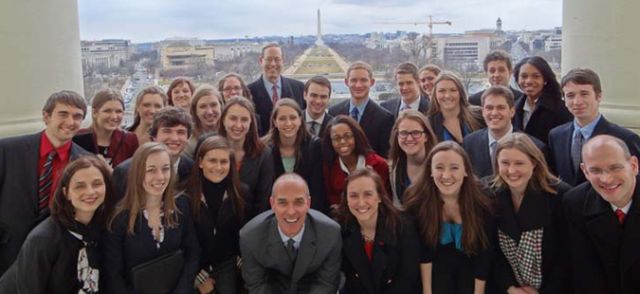Document Type
Conference Paper
Publication Date
9-2016
Publication Source
American Political Science Association
Abstract
In this paper, we assess the evolution of 32 state constitutions and the U.S. Constitution over a 100+ year time period (1776-1907). We construct an original sectionlevel dataset containing the text of every section within a constitution for every year between the adoption of the state’s first constitution and 1907. We classify each section by topic and compare the content of each new constitution as well as the impact of amendments. With a subset of these data, we analyze the extent to which sections were added, deleted, modified and remained the same over time using a novel approach that relies on an edit distance measure to quantify the similarity between sections of two constitutional documents. We are also able to empirically evaluate the level of similarity of modified sections as new constitutions were adopted or alterations were made to an existing constitution. Finally, we determine which topic areas were subjected to the largest amount of change. We demonstrate that it is possible to systematically assess a large corpus of constitutional documents to test theories of institutional change, provide empirical support to existing qualitative accounts, and create operationalizations of concepts such as “stickiness” that are comparable across states and over time.
Document Version
Postprint
Copyright
Copyright © 2016 by the authors
eCommons Citation
Miller, Nancy Martorano; Aroca, Maria; Hamm, Keith E.; and Hedlund, Ronald D., "Sticky Legacies: Persistence of State Constitutional Provisions" (2016). Political Science Faculty Publications. 108.
https://ecommons.udayton.edu/pol_fac_pub/108
Included in
Political Theory Commons, Public Affairs, Public Policy and Public Administration Commons




Comments
The document available for download was presented at the annual meeting of the American Political Science Association September 1-4, 2016, in Philadelphia, Pennsylvania. It is provided with the permission of author Nancy Martorano Miller; permission documentation is on file. Any content from this publication must be attributed properly.